It’s hard to think of a bigger fashion success story in the last decade than the unlikely rise of Salomon. This performance-driven French ski brand has gone from having literally no presence in fashion whatsoever to being one of menswear’s most in-demand sneaker brands. And the key to its success? An archive trail-running shoe named the Salomon XT-6.
First released in 2013 as a serious trail-runner built for ultramarathoners, it was designed with function in mind. Stability, grip, and protection over long distances on rough terrain. But a decade on, it’s no longer just for athletes. The XT-6 has found an unlikely second life as one of the most popular sneakers in fashion. A favourite among designers, stylists, and sneakerheads who appreciate its blend of utility and aggressively sporty aesthetics.
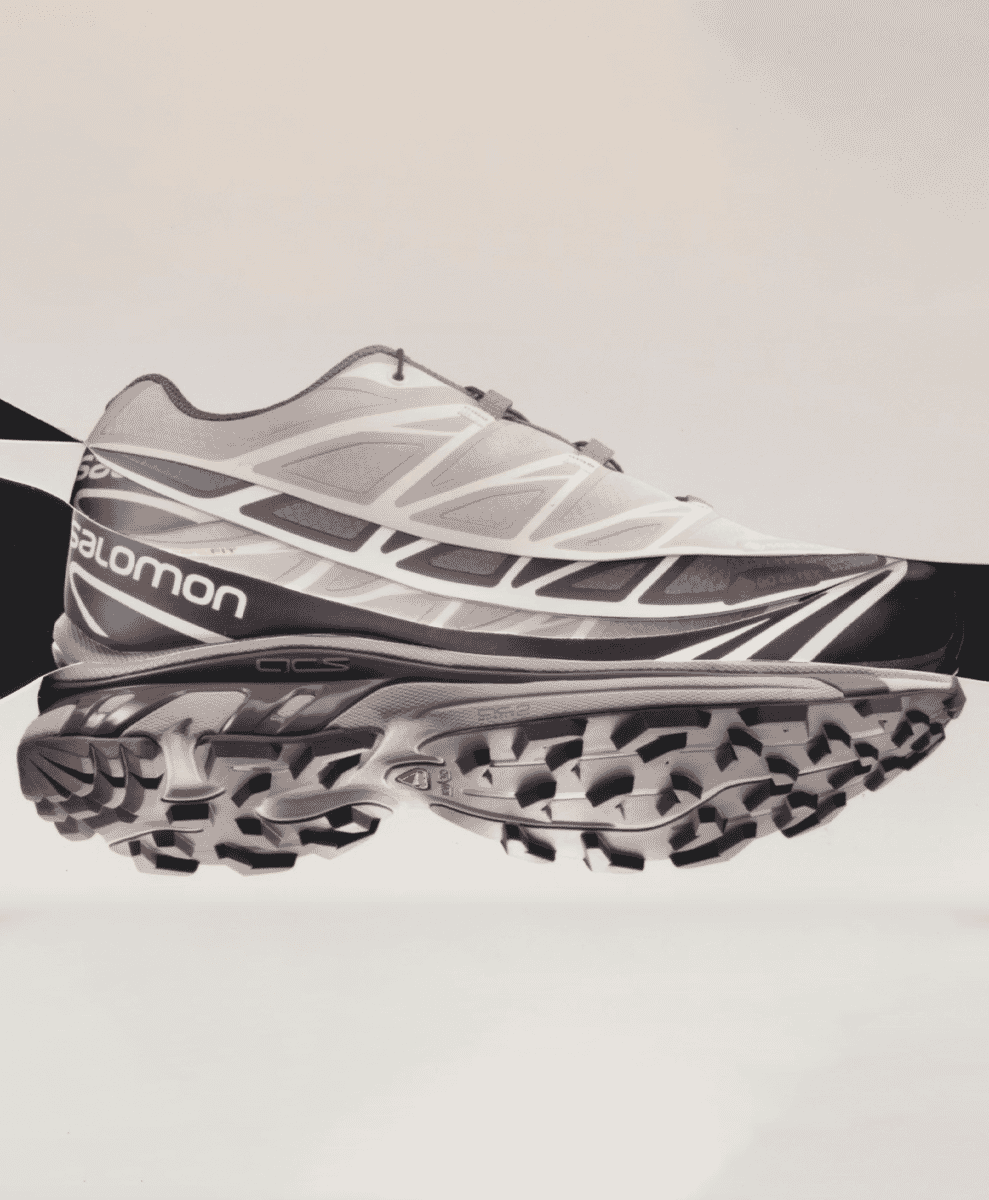
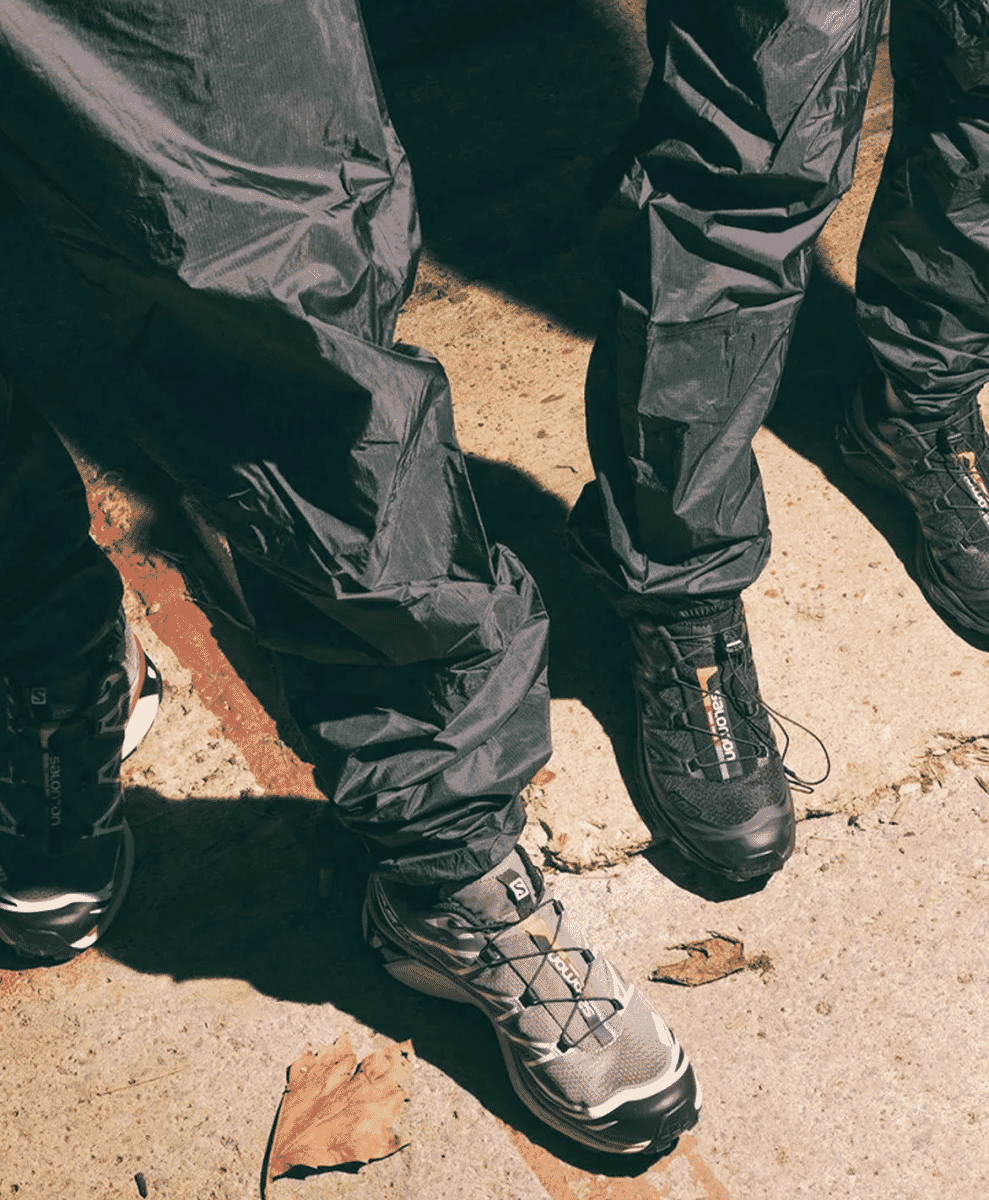
Its success wasn’t forced. There was no big lifestyle push from Salomon. Not initially, at least. No rebranding exercise to reposition it for the street. The shoe’s rise was organic, driven by the growing obsession with technical footwear and the crossover between outdoor gear and high fashion. It’s a case study in how performance-first design – when done well – can become style in itself.

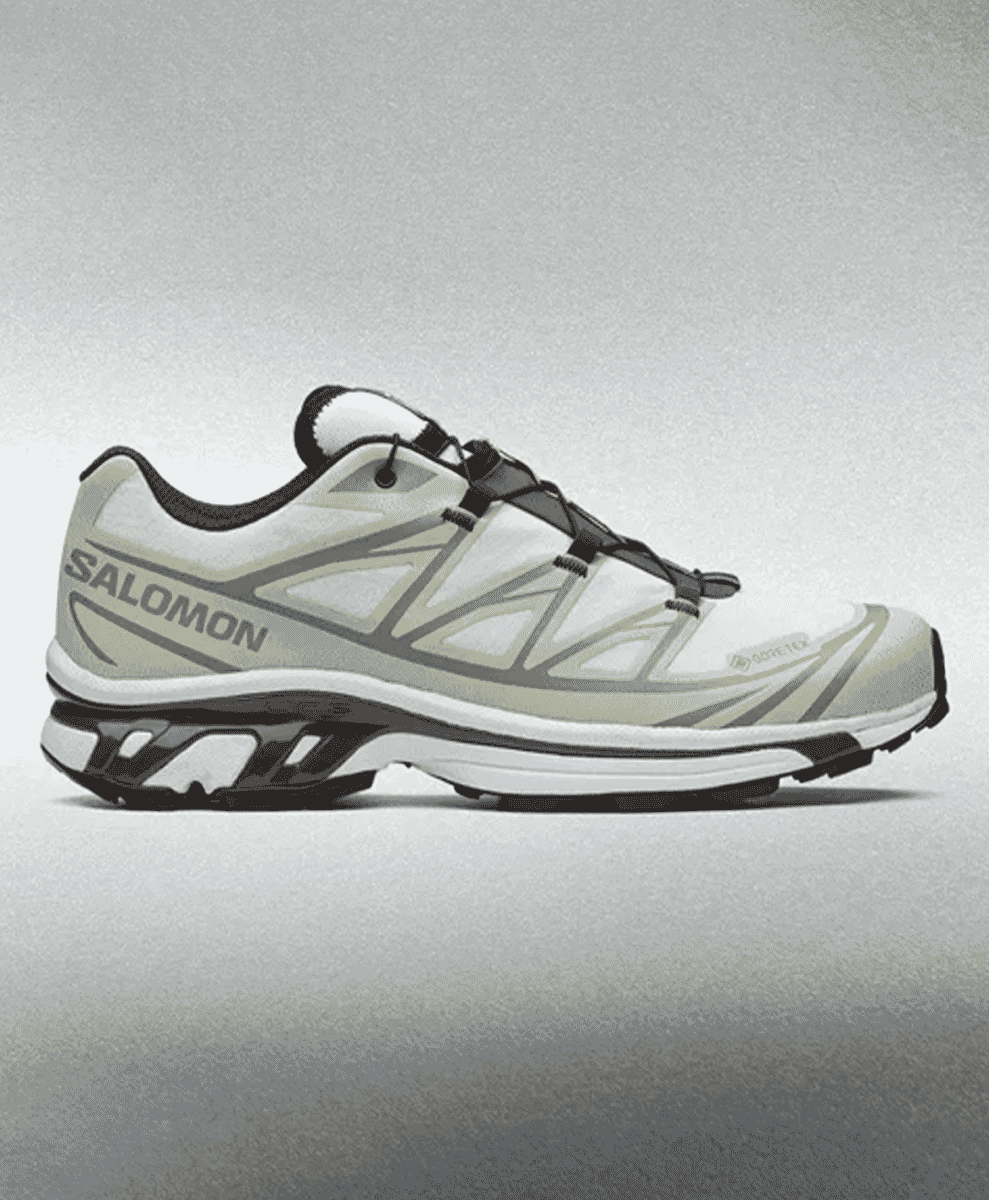
Salomon XT-6: A bit of background
Before Salomon was making sneakers for the fashion crowd, it was making ski bindings in the French Alps. Founded in 1947, the brand built its reputation on precision engineering, gradually expanding into footwear in the early 2000s with a focus on trail running. The XT-6 was part of that evolution – a high-performance endurance shoe designed for athletes tackling extreme conditions.
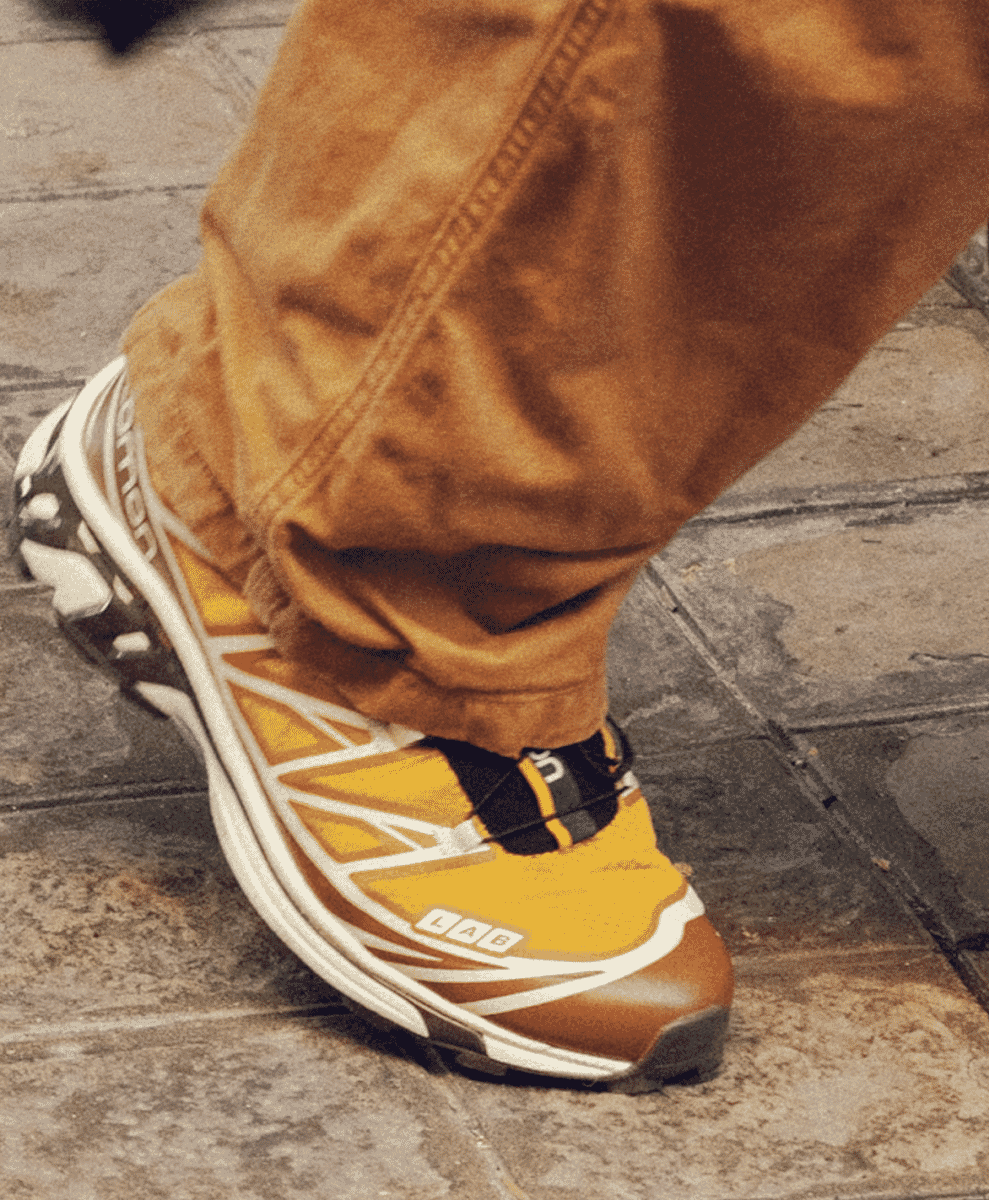
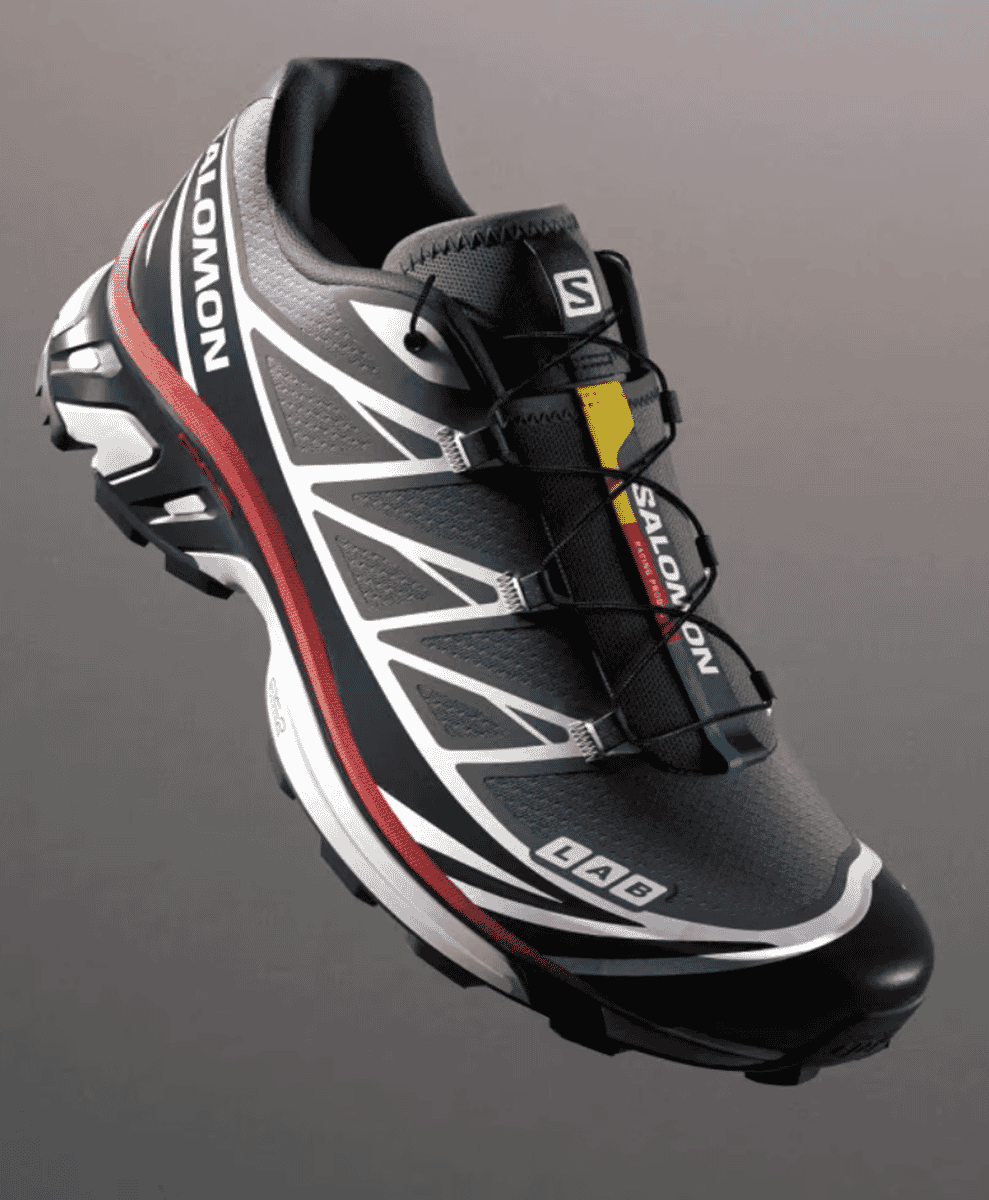
It was packed with tech. The Agile Chassis System (ACS) provided stability. The Quicklace system allowed for fast adjustments. And the Contragrip outsole offered superior traction on unpredictable terrain. The shoe was lightweight yet durable, designed for races where every gram mattered. For a while, it was a staple among ultra-runners. But as Salomon developed newer, more advanced models, the XT-6 was quietly retired from serious competition.
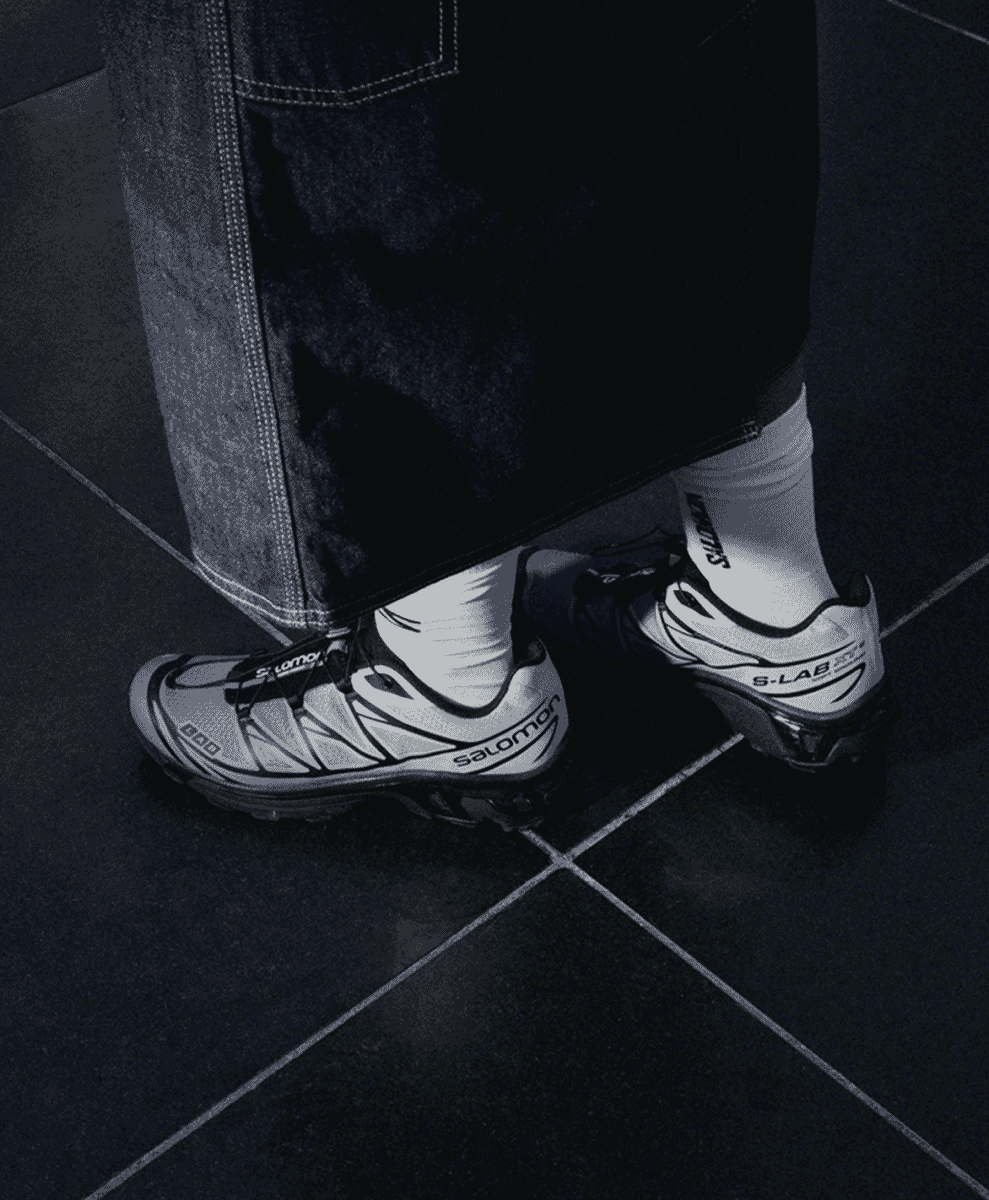
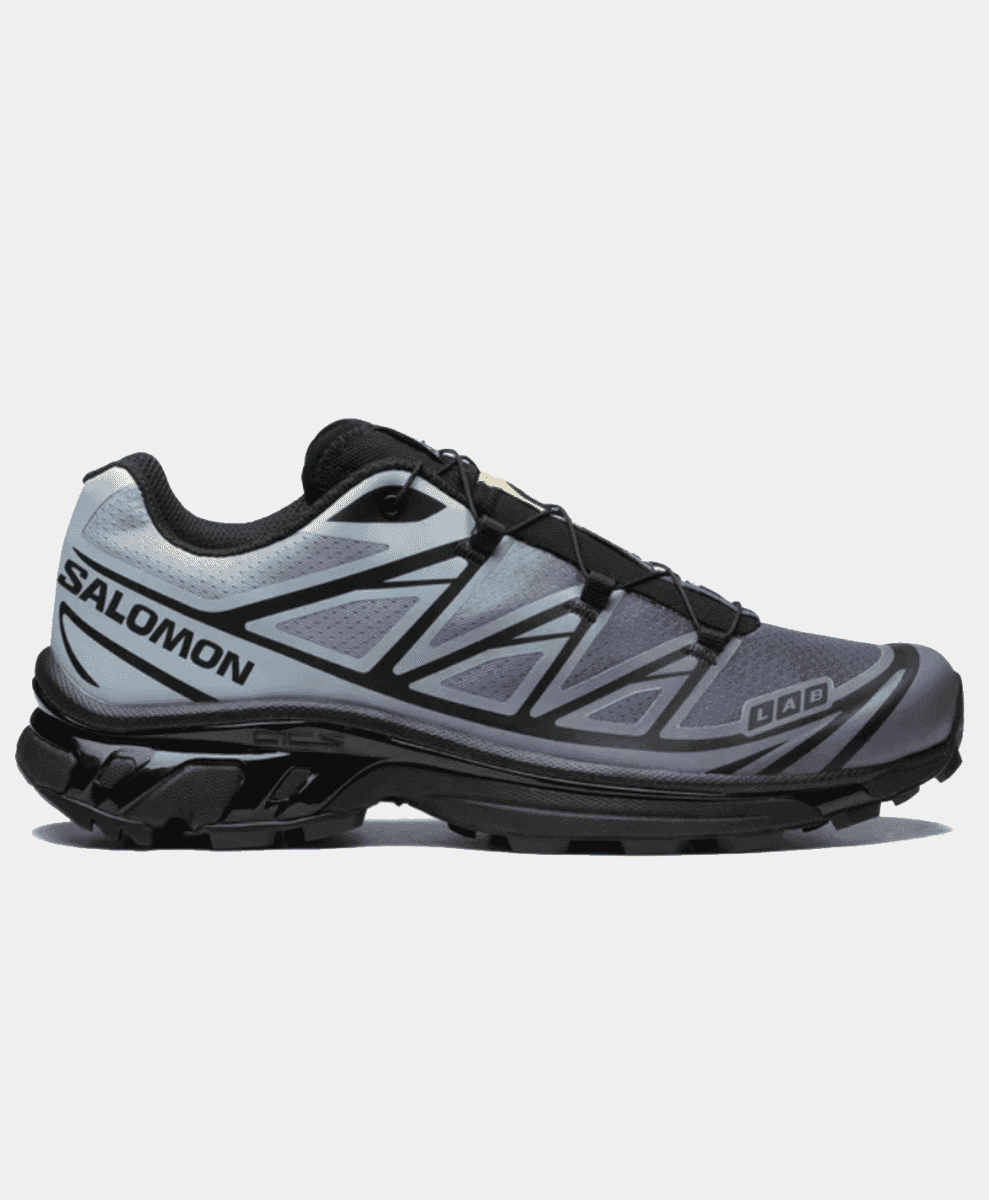
From UTMB to Paris Fashion Week
Despite being replaced in the world of performance running, the XT-6 found an unexpected second audience. Fashion’s obsession with technical footwear was already growing, and the shoe’s distinctive design – the panel-heavy upper, speed-lacing system, and aggressive silhouette – made it a natural fit. .
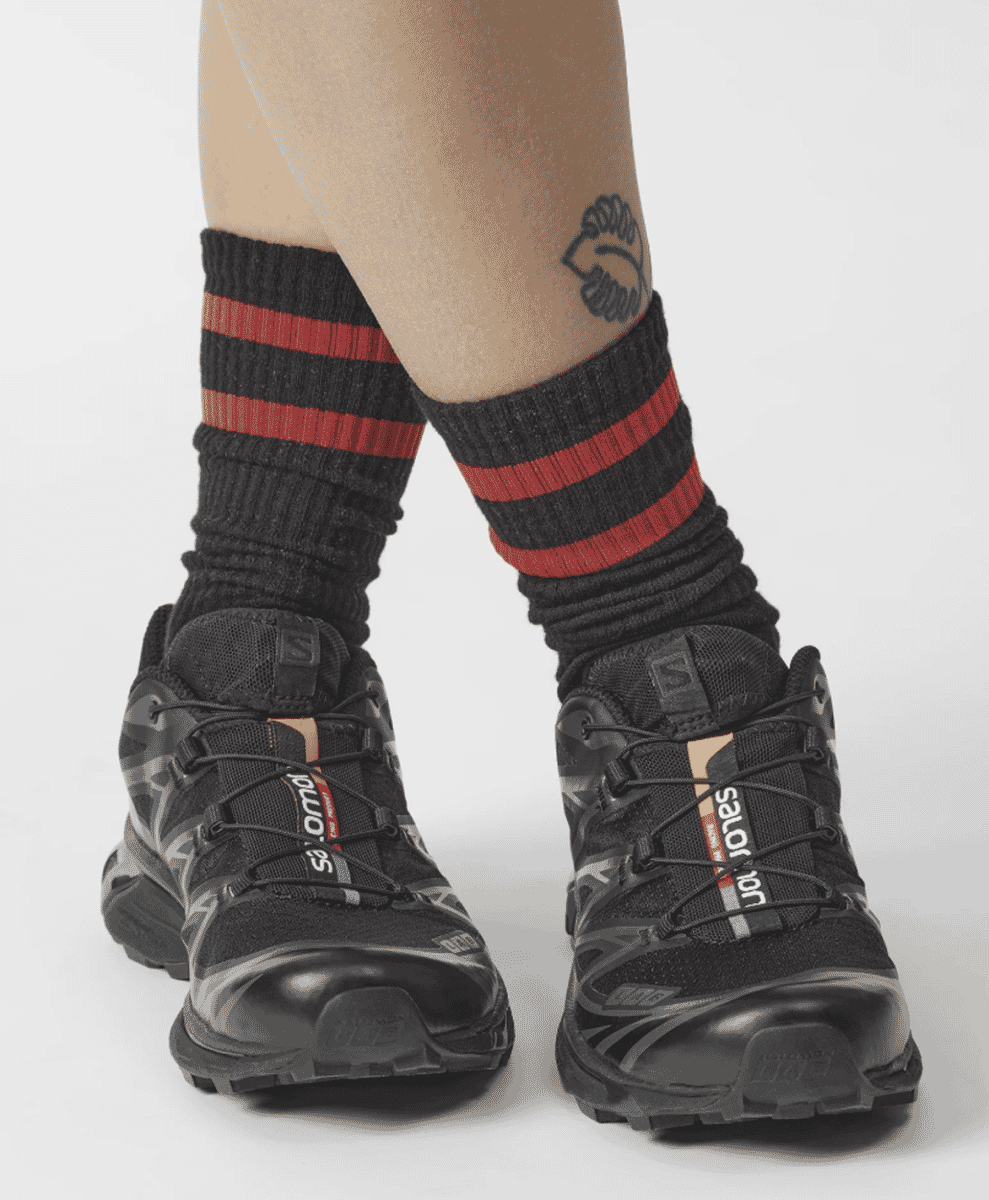
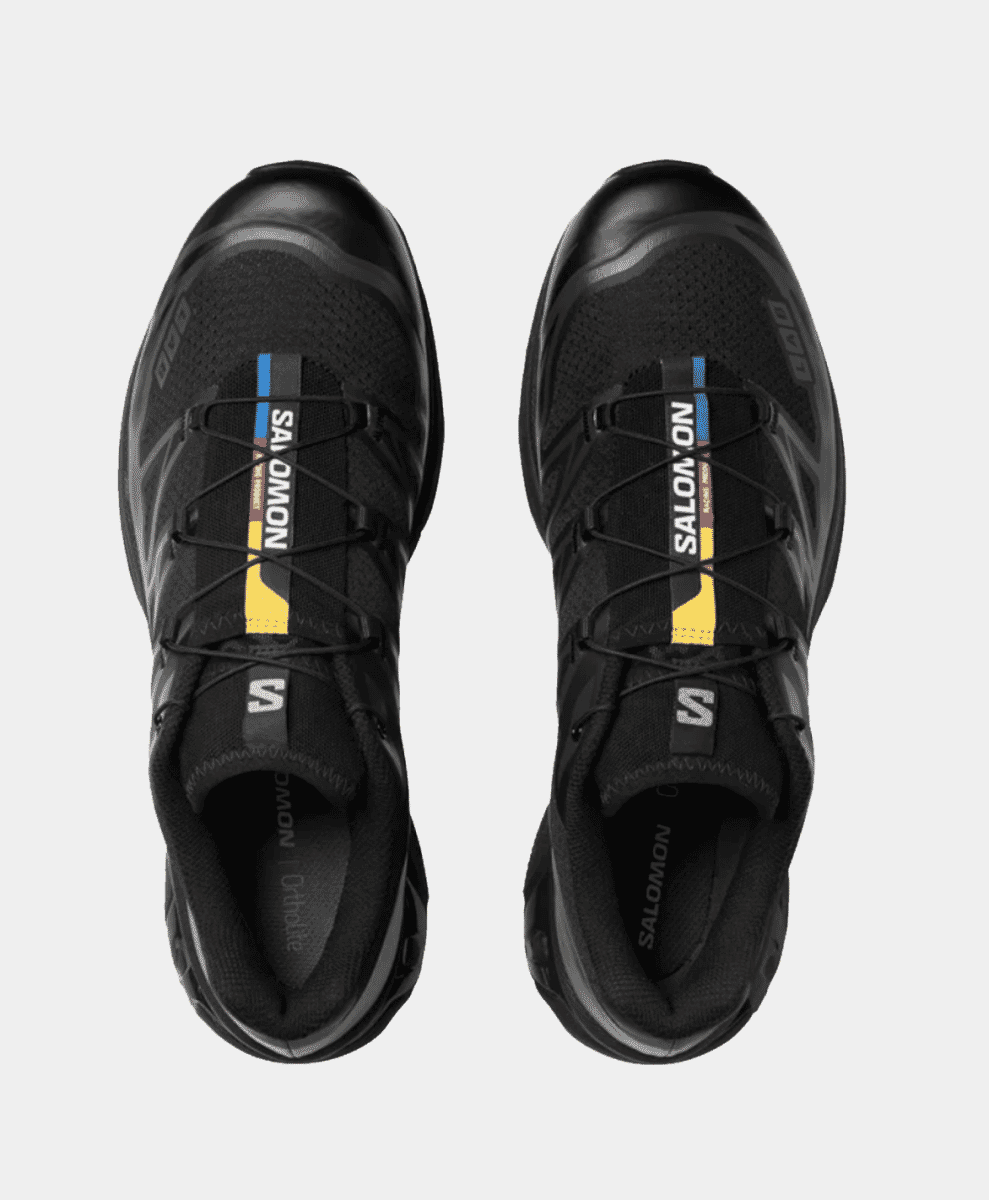
Collaborations played a key role. The Broken Arm, a Parisian boutique known for its curation of technical and luxury fashion, was one of the first to work with Salomon on limited-edition colourways, followed by Boris Bidjan Saberi, who injected his signature avant-garde aesthetic into the XT-6. As gorpcore – the trend that turned functional outdoor gear into streetwear – gained momentum, Salomon became one of its biggest beneficiaries. Suddenly, the XT-6 wasn’t just a trail-running shoe – it was a fashion statement.
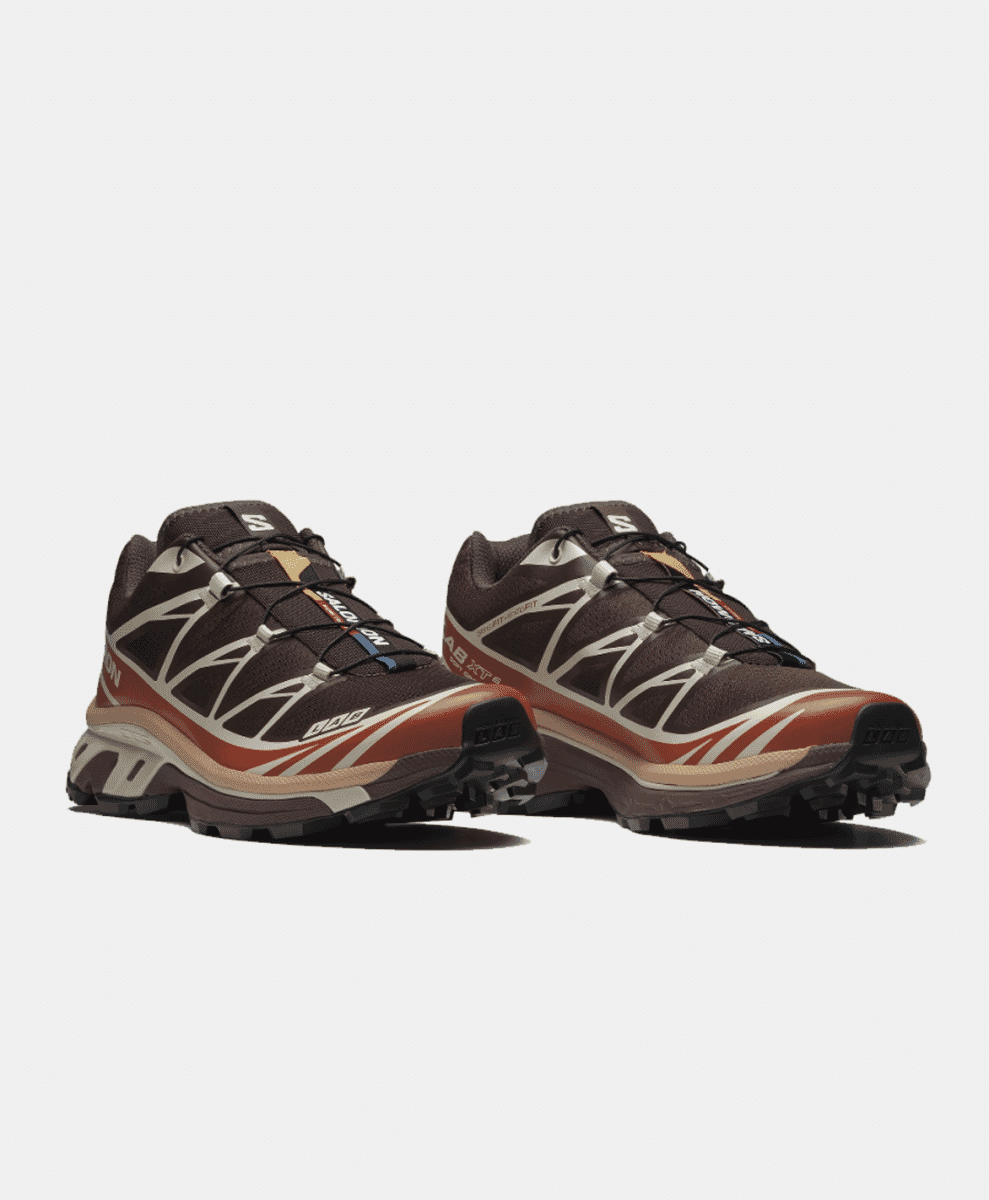
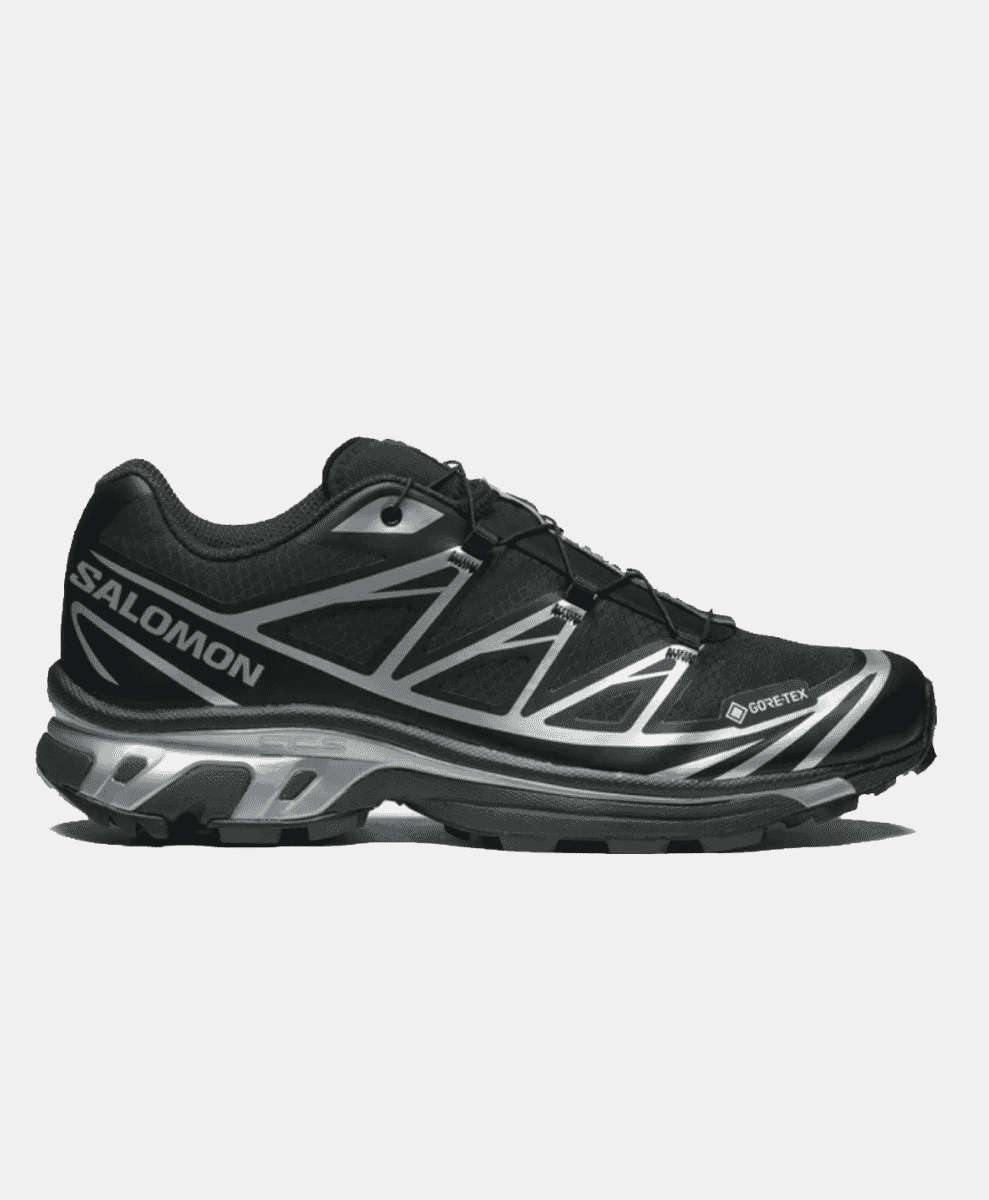
What sets the XT-6 apart?
The Salomon XT-6 is a masterclass in functional design. Every detail serves a purpose – the lightweight construction, the Quicklace system, the rugged outsole. It was never designed to be a sneakerhead’s grail, yet it became one.
Its appeal is also rooted in authenticity. Unlike other sneakers that have been retooled for lifestyle wear, the XT-6 remains a performance shoe at its core. Sure, it’s dated by modern trail-running shoe standards, but the tech hasn’t been stripped away. The design hasn’t been watered down. It still carries the DNA of a high-performance trail runner, even if most of its wearers are more likely to be found supping a Guiness in The Devonshire than traversing a mountain ridge.
Then there’s the cultural weight it holds. The XT-6 arrived at the perfect moment, when fashion was shifting towards utility, and designers were looking beyond traditional sneaker brands for inspiration. It was adopted naturally – no hype, no big marketing campaign, just a slow and steady rise that turned it into a cult favourite.
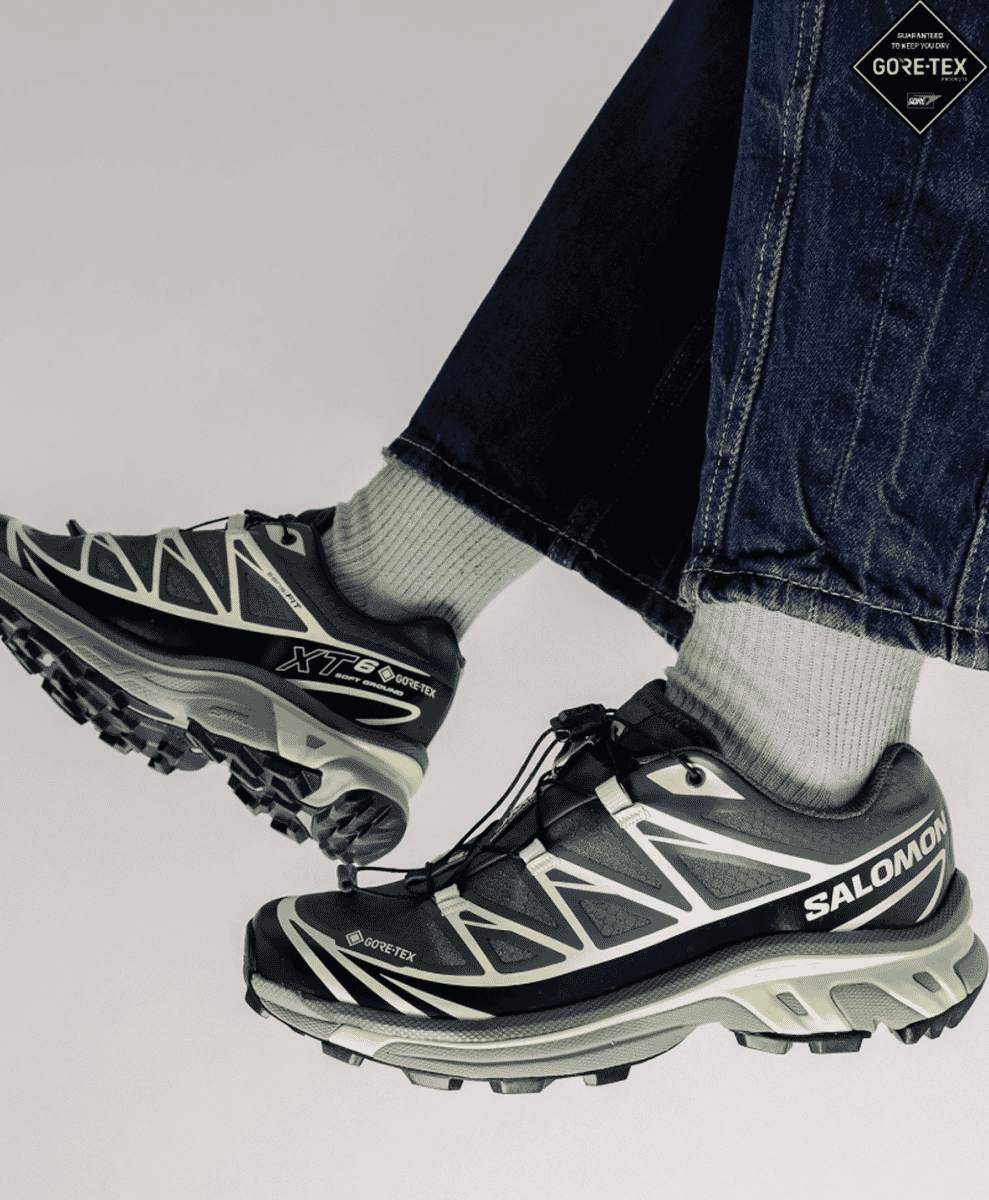
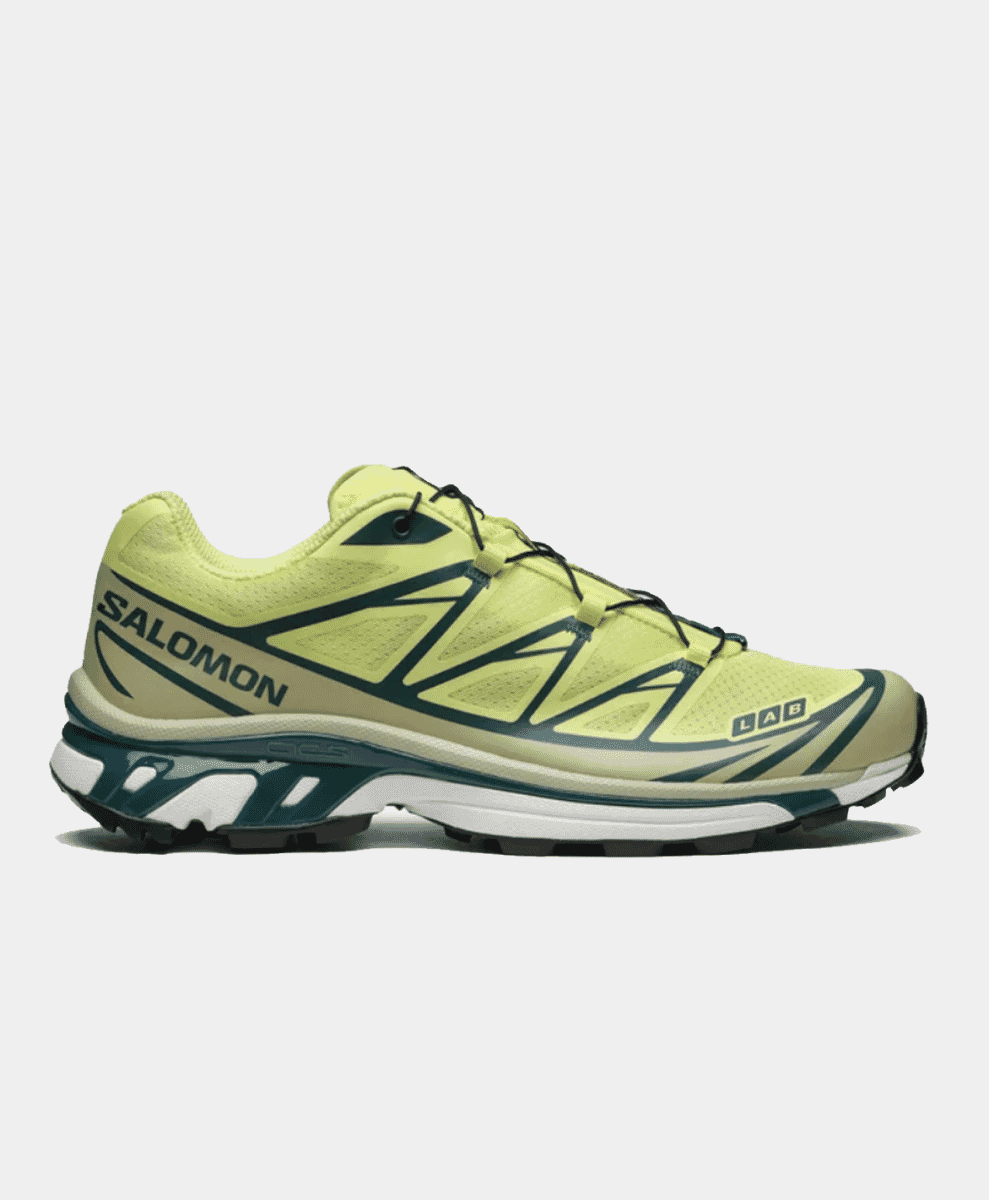
The XT-6 today and beyond
Salomon has fully embraced the XT-6’s fashion credibility, expanding its colour palette and rolling out collaborations with some of the most influential names in design. Yet, it remains a technical shoe at its core – a rare case of a sneaker that has become a trend without losing its original identity.
The question now is longevity. The XT-6 is one of the defining sneakers of the last decade, but will it hold the same status in another ten years? Unlike classics like the New Balance 990 or Adidas Samba, it wasn’t designed for everyday wear – its success is tied to fashion’s ongoing obsession with performance aesthetics. If that fades, does the XT-6 go with it?
For now, it’s still one of the most relevant sneakers around – a testament to the idea that the best design often comes from function, not fashion. Whether on the trails or the streets, the XT-6 has already earned its place as an icon.
Next Up: Everything you ever wanted to know about the Asics Gel-Kayano 14.




